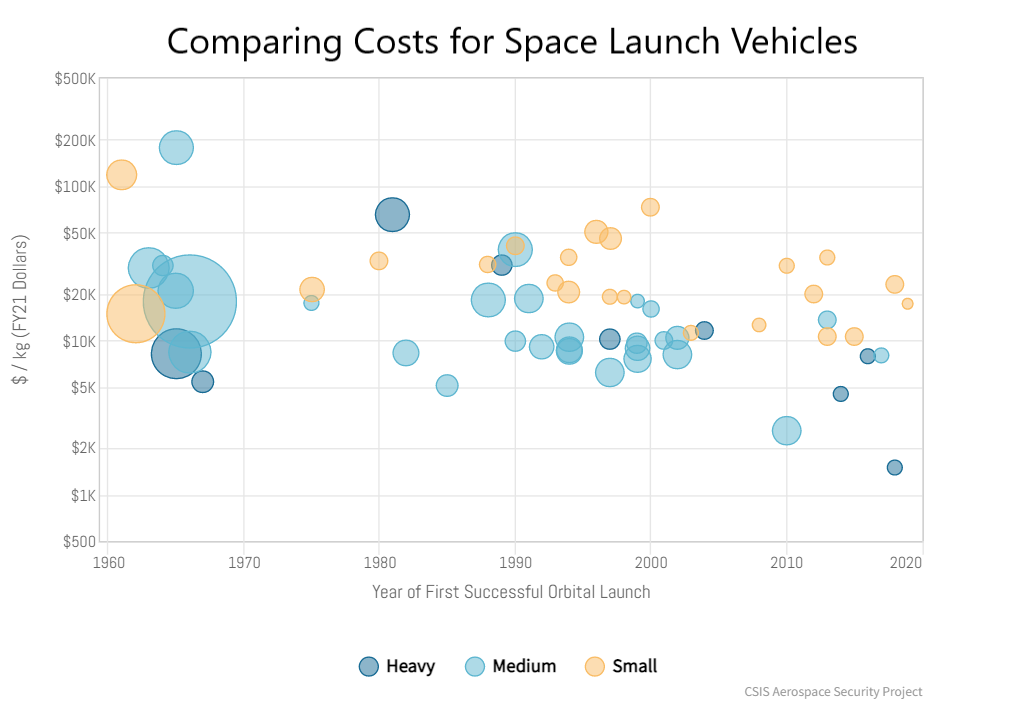Are you shopping around for good interest rate deals on savings accounts offered by banks, S&Ls, and other institutions? In an era when two percent is considered an excellent rate on a regular passbook savings account, it can get pretty depressing to compare bank rates. Even so, it’s essential to use a reliable interest-rate calculator to compare offers.
Suppose you decide to take the alternate route and stick some money into a cryptocurrency staking account, many of which pay great rates between four and ten percent. Yes, there’s risk associated with putting capital into any cryptocurrency-related asset, but we’ll assume you decide to use a staking account for our hypothetical example.
Ethereum
For instance, Ethereum is one of the most stable, trusted, and capitalized of all the alt-coins out there, so we’ll use it for the interest-calculation scenario. Keep in mind that millions of investors and savers leverage the power of cryptocurrency staking accounts to earn solid interest rates. Some coins even offer bonuses to depositors after a fixed amount of time.

Private Bank Offers Compared
The following situation is based on an actual offer that a private bank offered to a business client. Amounts and percentages have been changed slightly to make the lesson more evident. Private Bank ABC offered a business owner the following deal:
“We have three different interest rates for our depositors who make monthly deposits into Ethereum staking accounts.
Because no one can guarantee what Ethereum’s value will be five years from now, now can they predict that Ethereum will continue to offer interest at five percent, our private bank, ABC, will take on some of the risk by guaranteeing our customers a flat rate of five percent on monthly deposits of $1,000 for a period of five years.
We have three bonus plateaus:
Plateau 1:
Deposits made in a timely manner, at the end of each month, for 60 months, earn 5.0 percent compounded interest and an end-of-period cash bonus of $500.
Plateau 2:
Plateau 2 is the same as plateau 1 with the following difference: there is an end-of-period cash bonus of $1,500, and the interest rate is 4.5 percent.
Plateau 3:
Our third plateau offers the lowest interest rate of all, 4.0 percent but the largest cash bonus, $2,000.
Our bank believes in giving depositors an option to receive the rate of interest and cash bonus combination that best suits their needs.”

Crunching the Numbers
Because ABC Bank offers three different interest rates as well as a three-tiered cash bonus arrangement, it’s not apparent which deal is the best for an investor. You decide to crunch the data using an interest-rate calculator.
Here’s how the math stacks up for each of the three plateaus.
Scenario One
With plateau 1, we get an end-of-period bonus of $500 for depositing $1,000 every month for five years at a 5.0 percent interest yield. Using the calculator noted above, that translates to $68,006.08 after the time is up. Add in the $500 cash bonus, and we have a total of $68,506.08 in our account.
Of the total, $8,006.08 represents interest, and $500 is bonus cash. Our deposits were $60,000 in all. That’s an excellent yield in these days of cheapskate banks, so ABC is offering a pretty good deal with plateau 1. Let’s see how the other two options stack up before deciding which one to accept.
Scenario Two
Plateau 2 offers a lower interest rate, 4.5 percent, but a higher cash bonus of $1,500.
It looks like ABC bank is rewarding depositors for taking a lower interest rate. Using the same calculator as we did in the last example, here is the data:
Of course, our total is lower because we accepted a full half-percent less in interest. We deposited $60,000 and earned $7,145.55 in interest. Add the cash bonus of $1,500 to the mix, and we end up with $68,645.55, which is just a bit better than plateau 1, but not by much. Let’s see how plateau 3 measures up.
Scenario Three
In plateau 3, the bank only offers us the interest of 4.0 percent, but the cash bonus is a substantial $2,000. Is the bonus enough to offset the lower interest rate? Let’s use the calculator to find out.
At 4.0 percent interest, our $60,000 in cash deposits grow to $66,298.98, of which $6,6298.98 is interest. Add in the $2,000 cash bonus, and we have $68,298.98 in the account after five years have passed. It looks like plateau 3 is the worst deal of all. Its low-interest-rate was enough to offset the highest cash bonus.
Results Tell the Story
How do the three plateaus compare? Here are the total account balances in each one at the end of the five years, after interest and cash bonuses have been added in:
Plateau 1:
The account holds $68,506
Plateau 2:
The account holds $68,645
Plateau 3:
The account holds $68,298
Analyzing the Choices
There are a couple of interesting facts to note about the results. First, plateau 2 was the best deal, but not by much. In fact, it only paid $139 more than plateau 1 and $347 more than plateau 3.
Second, remember that the bank guarantees the interest rates as well as the cash bonuses, which means investors are taking no risk. However, the bank stands to lose or gain a lot depending on how well Ethereum performs during the next five years. Suppose the coin shoots up in value. That would benefit the bank but have no effect on investors.
Likewise, if Ethereum declines in value and begins paying lower staking interest, the bank loses significantly, yet investors are shielded from the downturn.
In scenarios such as this, it’s important to run all the numbers and calculate the interest and any cash or other kinds of bonuses offered by banks or private investment organizations. Staking cryptocurrency can be a risky proposition, but if a bank chooses to take on all the risk and offer investors guaranteed interest rates as well as cash bonuses, investors should examine the whole picture before deciding how to proceed.



